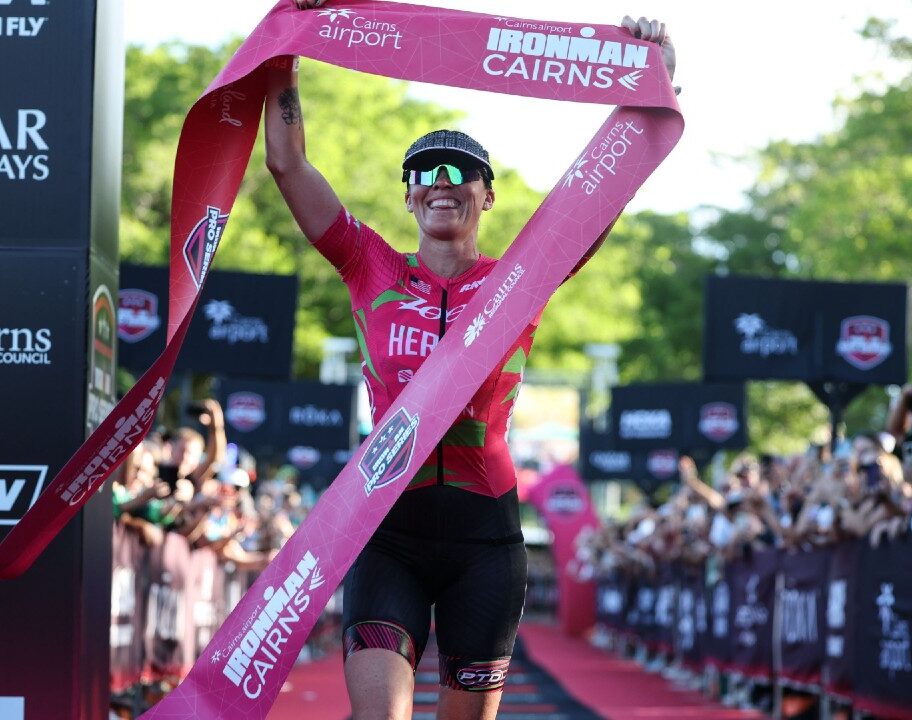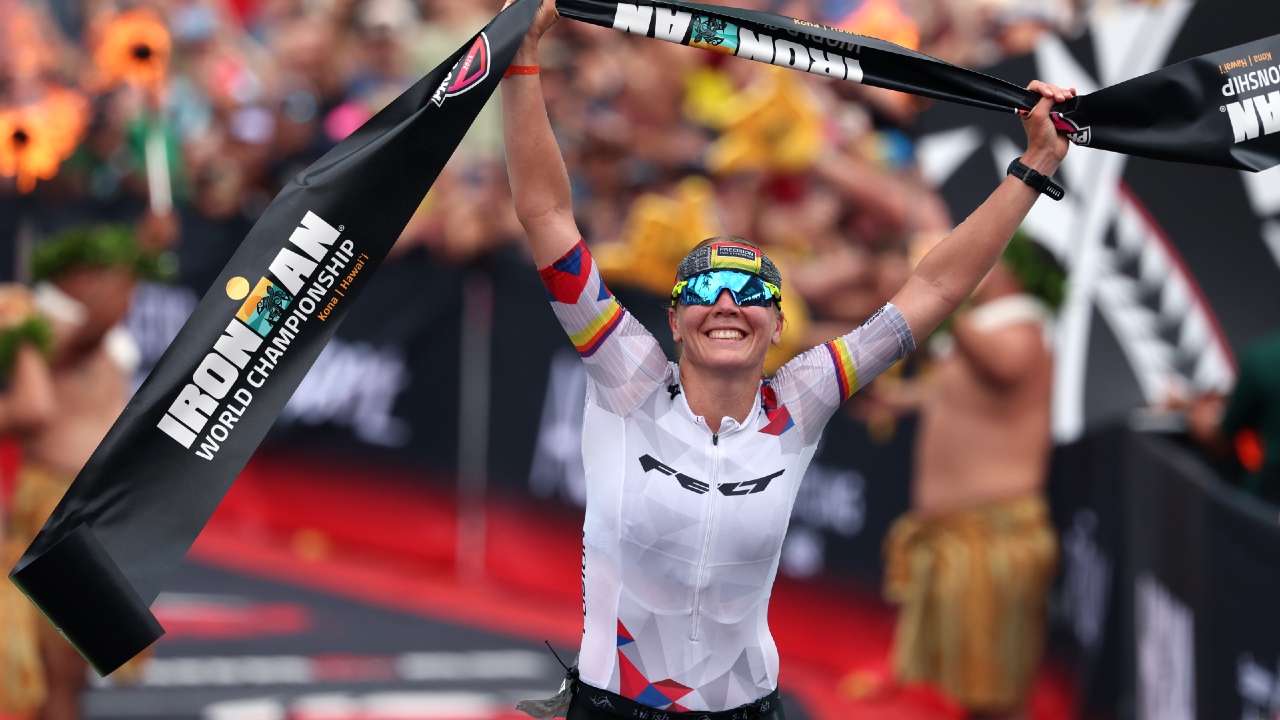Lionel Sanders, twice a runner-up at the IRONMAN World Championship, is going all in with a final bid to become the best long-course triathlete in the world – and that means targeting drastic improvement in his swimming.
The fan favourite, whose transparency in training and openness has gained him a legion of followers, recently rekindled his relationship with master swim coach Gerry Rodrigues, founder of the Tower 26 swim programme.
Sharing an insightful video (watch in full below) on threshold testing in the water, Sanders explains some of the measures he’s taking to improve his swim ahead of the 2024 season – and why setting a baseline is a valuable step for both amateurs and professionals.
Sanders prepared for all eventualities
Having previously used lactate testing when he was working with coach Mikal Iden, Sanders had shied away from taking measurements after leaving the Norwegian, but said after an end-of-season break that gathering data was a smart idea.
“Today, we are going to start off the 2024 season right I guess. I have had three weeks pretty close to completely off, I did a swim camp with Gerry [Rodrigues] and some activation sessions, but for the most part it’s been super chill.
“We are going to start off the preparations next week for 2024, with a little bit of intensity and we are going to start with a lactate test. I don’t really use lactate anymore, but I think it is better to gather the data and not need it, than to need the data and not have it.
“Gerry and I have bounced ideas back and forth and Gerry has consulted with a PhD physiologist on what is a good protocol for us. From that, I think from a use value and training standpoint, if we were to take some data from this and use it to guide my training, the best protocol is to do 6 x 400.”
Why 6 x 400 for ‘No Limits’?
Explaining the utility of the session, Sanders pointed out that if the repetitions were shorter, there was a possibility he could “fake it”, drawing on his strength and neglecting technique. Any longer meanwhile would be further than his planned repetitions for training.
![Lionel Sanders [Photo credit: Talbot Cox]](https://www.tri247.com/wp-content/uploads/2022/04/LS-Blue-70-4.jpg)
“We will start off easy, then drop 10 seconds per 400, and then on the sixth go as hard as I can basically and take a lactate measurement after every one of them. We will then plot the lactate-speed curve, so we can find the inflection point on that curve which should correspond to the lactate threshold.”
Additionally, the test will be used throughout the season as a way to stay accountable to the process, with Sanders reiterating that having the data and not using it is a much better scenario than needing the data and being without it.
“This is also an accountability thing for me, as I would like to do this every 6-8 weeks. We might not use the data, or observe any changes, but then again we may, so it’s better to have the data and not need it, than need it and not have it.
“If the training is working, we will hope that the lactate threshold is going up, or the curve is shifting to the right, meaning we are going faster and eliciting lower lactate at faster speeds.
“It will be fascinating to standardise what part of the 400 that I break down, by maybe looking at the split between 100 and 125, to see where my technique changes as I try to swim harder. Hopefully in the long term, we will be able to see an improvement in that.”







![Caroline Livesey wins the first ever Scottish National Gravel Championships in August 2025. [Photo credit: Outsider Events]](https://www.tri247.com/wp-content/uploads/2025/11/Caroline-Livesey-scots-national1.jpg)













